Tuberous Begonias from Seed
tom8olvr
16 years ago
Related Stories
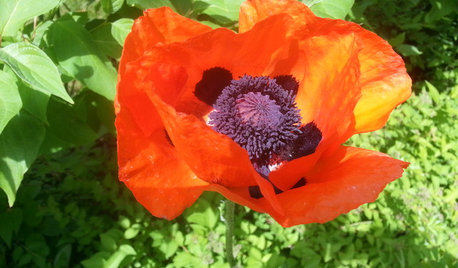
GARDENING GUIDESBeautiful Flowers and Foliage From Dedicated Backyard Gardeners
From lawn daisies to topiaries, Houzz users share their backyard beauties
Full Story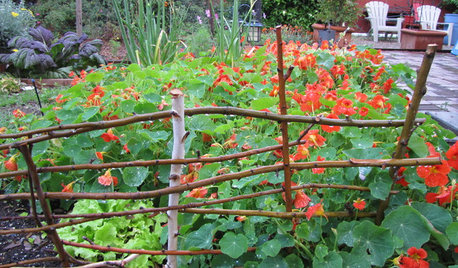
GARDENING AND LANDSCAPINGEdible Flowers Offer a Sweet Taste from the Garden
Flowers that beautify the landscape can also pretty up the plate or sweeten a spread
Full Story
COOL-SEASON CROPSCool-Season Vegetables: How to Grow Potatoes
This ever-popular tuber is a stalwart in spring and fall gardens and a staple in kitchens everywhere
Full Story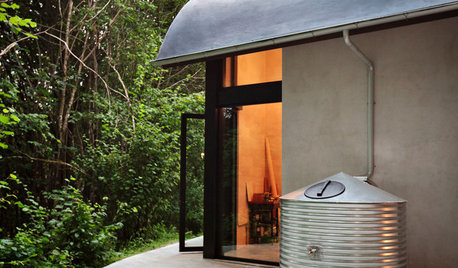
GARDENING GUIDESTexas Gardener's May Checklist
Be especially water wise this month as you sow seeds, tend to your lawn and plant edibles, grasses and flowers
Full Story
TREES11 Japanese Maples for Breathtaking Color and Form
With such a wide range to choose from, there’s a beautiful Japanese maple to suit almost any setting
Full Story
SUMMER FRUITS AND VEGETABLESSummer Crops: How to Grow Beans
Grow your own beans for amazing variety and healthy, convenient produce all summer
Full Story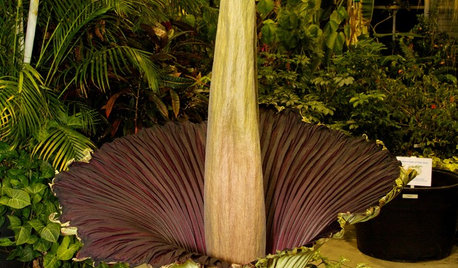
FUN HOUZZSmell This Shocking Flower at Your Own Risk
Don't say we didn't warn you: The foul scent of the rare and incredible corpse flower may knock your socks off
Full Story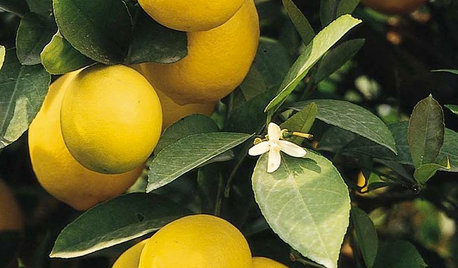
CALIFORNIA GARDENINGCalifornia Gardener's February Checklist
Celebrate 5 California classics: plants that defy winter with bright flowers, luscious fragrance and, for some, delicious taste
Full Story
GARDENING GUIDESLet's Weed Out 4 Native Plant Myths
Plant wisely for a garden that supports pollinators and requires less work
Full Story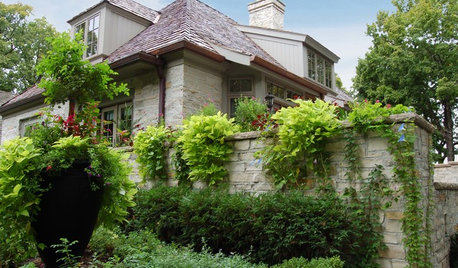
FOLIAGEGreat Design Plant: Ornamental Sweet Potato Vine
Versatile, fast growing, inexpensive and easy on the eyes, ornamental sweet potato vine has it all
Full Story





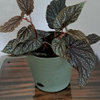
aftermidnight Zone7b B.C. Canada
Related Professionals
Ashburn Landscape Architects & Landscape Designers · Brentwood Landscape Architects & Landscape Designers · Havre de Grace Landscape Architects & Landscape Designers · Lake Oswego Landscape Architects & Landscape Designers · Clearlake Landscape Contractors · Framingham Landscape Contractors · Galveston Landscape Contractors · Indianapolis Landscape Contractors · Long Branch Landscape Contractors · Middle River Landscape Contractors · Ramsey Landscape Contractors · Smyrna Landscape Contractors · Shenandoah Landscape Contractors · Marion Siding & Exteriors · New Port Richey East Siding & Exteriors